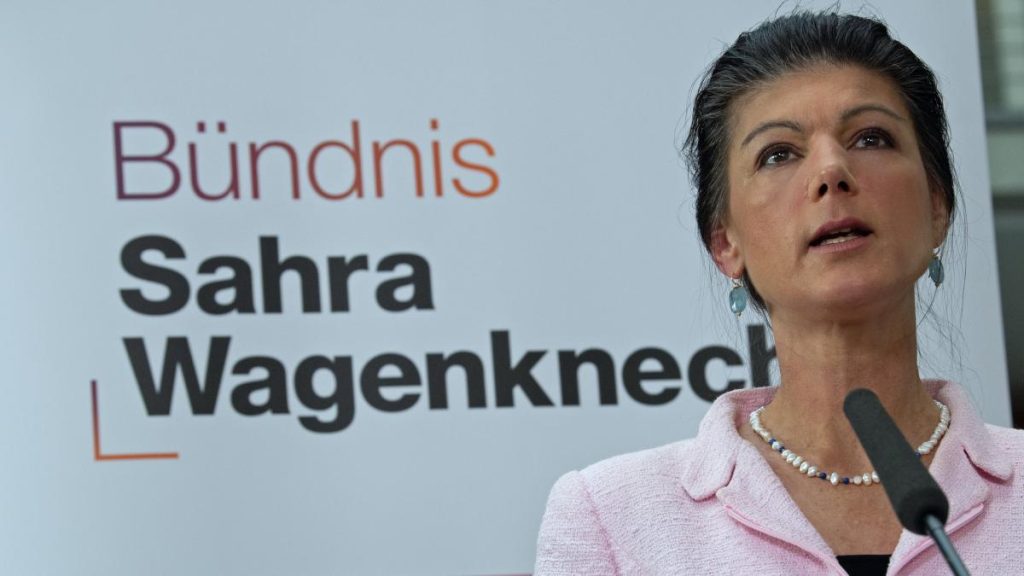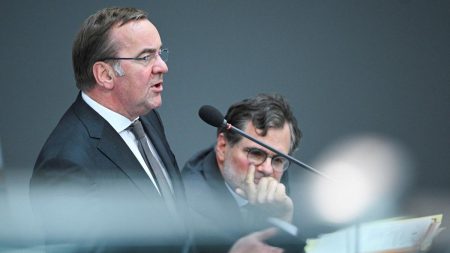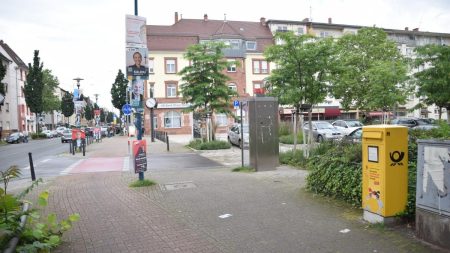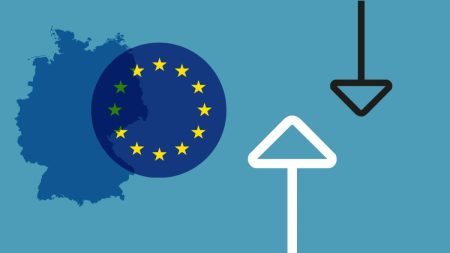In the latest poll conducted by the opinion research institute Insa for “Bild am Sonntag,” the Social Democratic Party (SPD) has experienced a slight decline in voter favorability, dropping to 15 percent, down one percentage point from the previous week. Despite this, the Union remains the strongest party by a significant margin, holding steady at 30 percent. The Greens and the Free Democratic Party (FDP) have maintained their positions from the previous week at 13 percent and five percent respectively, while the Alternative for Germany (AfD) remains stable at 18 percent. The Left Party has gained one percentage point, but still falls below the five percent threshold. The Left Party’s alliance, led by Sahra Wagenknecht, has also seen an improvement, increasing by one point to reach seven percent. Other parties collectively garnered eight percent of the vote.
These latest poll results suggest a continued trend of support for the Union party, while the SPD faces challenges in maintaining voter interest. Despite the decline in support for the SPD, the party remains an important player in the German political landscape. The Green Party and the FDP have managed to hold steady in their voter appeal, indicating a consistent level of support for these parties. The AfD’s stable position at 18 percent reflects a solid base of support among certain segments of the population. The Left Party’s modest gain in popularity, as well as the increase for the Wagenknecht-led alliance, indicate a potential shift in voter sentiment towards these left-leaning parties.
The overall distribution of voter support in this poll shows a clear lead for the Union party, with the SPD facing challenges in maintaining its position as a major political force. The Green Party and the FDP appear to have a stable base of support, while the AfD maintains a significant level of backing from certain voters. The Left Party’s slight increase in popularity, along with the growth of the Wagenknecht-led alliance, suggest potential opportunities for these parties to expand their voter base. The results also highlight the presence of other smaller parties that collectively account for eight percent of the vote, indicating a diverse political landscape in Germany.
The changing dynamics of voter support in Germany, as reflected in this poll, underscore the importance of understanding shifting political trends and party dynamics. The Union party’s continued strong performance, coupled with the challenges faced by the SPD, highlight the competitive nature of German politics. The stability of support for the Green Party, the FDP, and the AfD, as well as the modest gains made by the Left Party and the Wagenknecht-led alliance, point to a complex political landscape that is shaped by a variety of factors. As the German political landscape continues to evolve, parties will need to adapt to changing voter preferences and effectively communicate their policies and platforms to attract and retain support.















